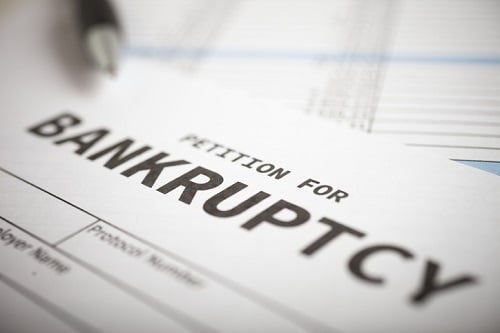The Bank of Canada may not have raised its benchmark rate last week, but when it does—and it will—expect a rise in bankruptcies too

The Bank of Canada may not have raised its benchmark rate last week, but when it does—and it will—expect a rise in bankruptcies too.
“We’re acutely aware that our decisions affect everybody — they affect the financial well-being of everybody and many Canadians are carrying a high debt load,” BoC Governor Stephen Poloz told reporters last week. “I don’t have to work hard to remind myself of that. I get daily correspondence from people explaining to me what their situation is.”
Buoyant through most of 2018, Canada’s economic outlook is cause for enough concern that the central bank held its benchmark rate at 1.75%. However, during his address last week, Poloz reminded analysts that rate hikes are unavoidable, notwithstanding the inevitable headaches that will result.
“On bankruptcy statistics, I understand they have picked up,” said Poloz. “My understanding of the data points is that they’ve picked up from an extraordinarily low level. So, there is, in any point in time, always a certain number of unfortunate folks who may lose their job, or what have you, and go through this process.
“And it wouldn’t be surprising to see things pick up a little bit when interest rates have risen.”
Indeed, it has already begun. In October 2018, consumer insolvencies in Canada rose nearly 10% over a 12-month period, according to the Canadian Association of Insolvency and Restructuring Professionals. By November, it only rose 5.1% over November 2017, but Alberta had the highest regional increase (20.9%).
“Personal insolvency growth continues as a result of consumer credit stress. With rising interest rates compounded by increased consumer spending, individuals and families are struggling with overwhelming debt and increasing debt carrying costs,” said Chantal Gingras, Chair of CAIRP.
According to the Office of the Superintendent of Bankruptcy, business insolvencies rose 8.9% in November 2017 over a 12-month period, 42.2% of which was in the construction sector alone.
“It’s an increasingly unforgiving business environment due to rising interest rates and economic uncertainties,” said David Lewis, a CAIRP board member.



